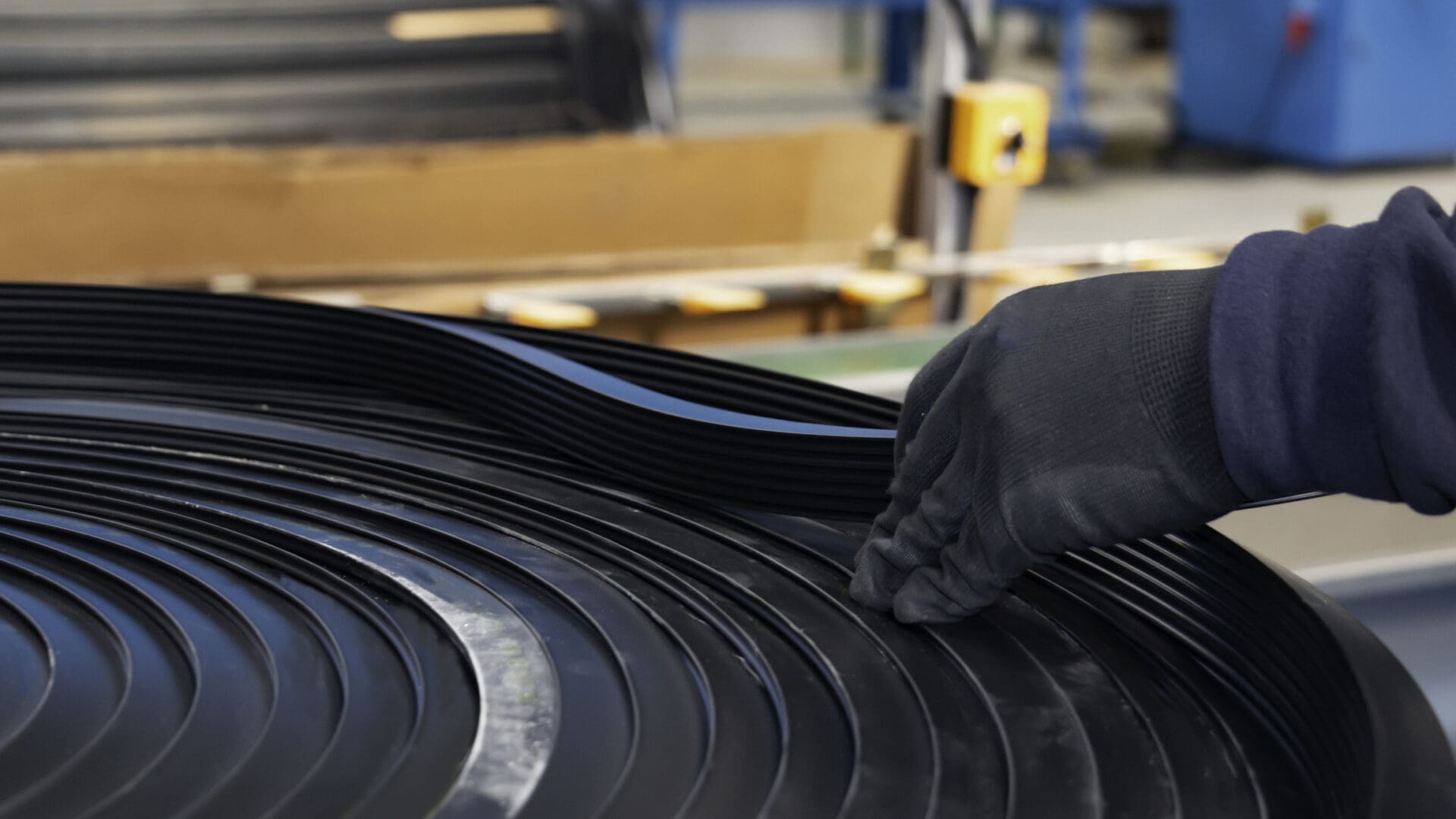
Hexachlorobutadiene, also known as HCBD, perchlorobutadiene, or dolen-pur, is a colourless liquid with the molecular formula C4Cl6. It has a turpentine-like smell and does not evaporate or burn easily. It is not known how it tastes or at what level people can taste it. Hexachlorobutadiene does not occur naturally in the environment. It is formed during the processing of other chemicals such as tetrachloroethylene, trichloroethylene, and carbon tetrachloride.
Hexachlorobutadiene is used mainly as an intermediate in the manufacture of rubber compounds. It is also used in the production of lubricants, as a fluid for gyroscopes, as a heat transfer liquid, and in hydraulic fluids. Outside of the United States, it is used to kill soil pests.

Hexachlorobutadiene can enter the environment through air, water, and soil, mostly from industrial waste disposal. Most of it is destroyed by burning, but some may be released into the air. It is unclear exactly what happens to it in the air, but like similar chemicals, it might break down under sunlight within about 60 days. When released into water, it may pass into the air or soil. While hexachlorobutadiene sticks to most soils, it can sometimes move through sandy soils to underground water. It can also build up in fish and shellfish where the water is contaminated, though it’s unknown if it affects plants.
People can be exposed to hexachlorobutadiene by breathing contaminated air, drinking polluted water, eating contaminated food (especially fish and shellfish), or by touching it. The chemical is found at higher levels near industrial facilities and hazardous waste sites.
The most likely ways people come into contact with hexachlorobutadiene are:
There is limited information about the immediate effects of hexachlorobutadiene on humans. However, in animals, it has been shown to cause damage to the kidneys and respiratory system when inhaled, and similar effects have been observed with oral exposure.
Long-term exposure in animals has shown effects on the kidneys and liver. The U.S. Environmental Protection Agency (EPA) and the California Environmental Protection Agency (CalEPA) have established safe exposure levels to avoid harmful health effects, though more research is still being conducted.
No evidence exists for reproductive or developmental effects in humans. In animals, exposure to hexachlorobutadiene has led to reduced fertility and lower fetal body weights, but no birth defects were observed.
There is no clear evidence linking hexachlorobutadiene to cancer in humans. However, studies in rats have shown an increased risk of kidney tumours when exposed orally. The EPA classifies hexachlorobutadiene as a possible human carcinogen.
ACGIH: The American Conference of Governmental Industrial Hygienists has set a Threshold Limit Value (TLV) for hexachlorobutadiene of 0.02 ppm, 0.21 mg/m3 TWA (Skin); Appendix A3 (Confirmed Animal Carcinogen with Unknown Relevance to Humans)
NIOSH: The National Institute for Occupational Safety and Health has established a Recommended Exposure Limit (REL): 0.02 ppm TWA (Skin); Potential carcinogen
OSHA: The Occupational Safety and Health Administration recommends that exposure to hexachlorobutadiene not exceed 0.02 ppm for an 8-hour workday over a 40-hour workweek. This limit is not enforced by the federal government, but it is the law in at least 25 states.
EPA: The Environmental Protection Agency has recommended guidelines on how much hexachlorobutadiene can be present in drinking water for specific periods of time without causing adverse health effects in humans. The EPA recommends that exposures in children should not exceed 0.3 milligrams per litre of water (mg/L) for 10-day periods or 0.1 mg/L for more than 7 years. If adults are exposed for long periods (more than 7 years), EPA recommends that exposure levels should not exceed 0.4 mg/L.
Safe Work Australia: Safe Work Australia has established an 8-hour Time Weighted Average (TWA) concentration for hexachlorobutadiene of 0.2 ppm and 0.21 mg/m3.